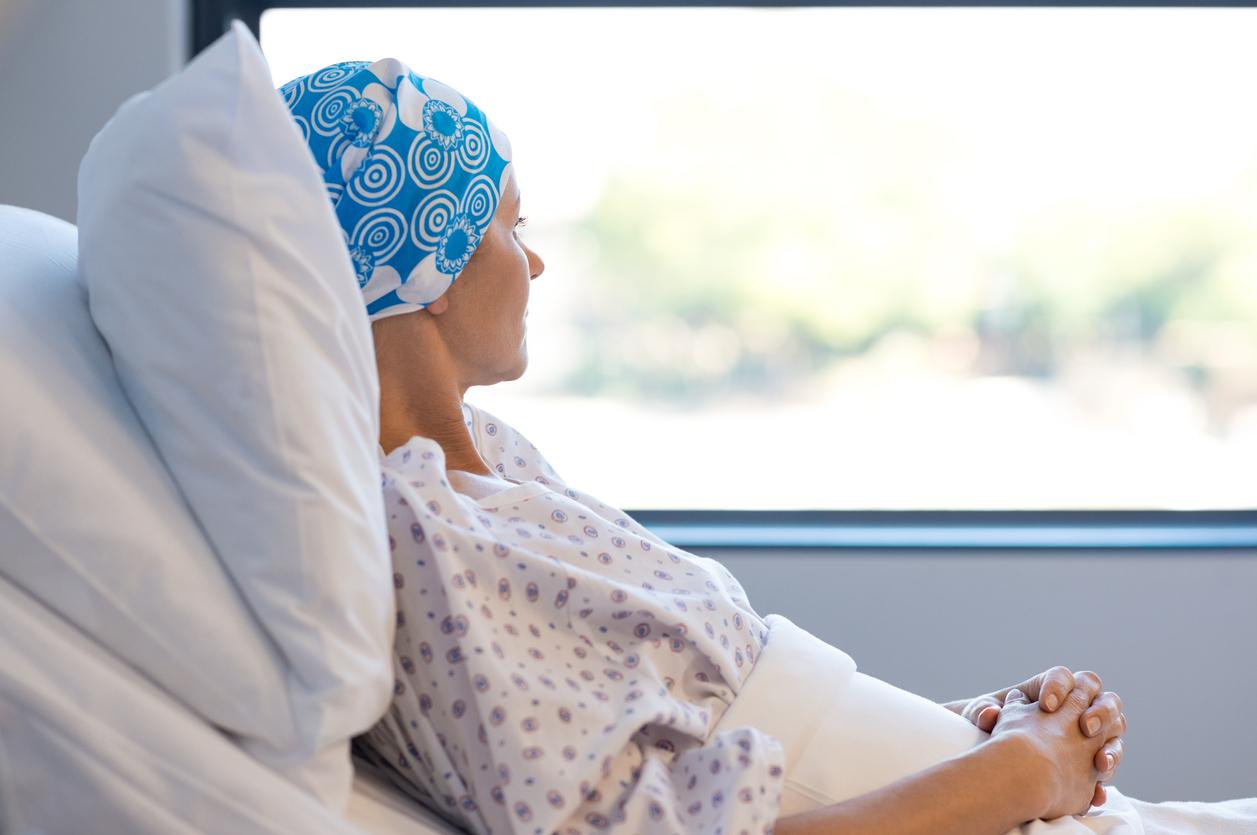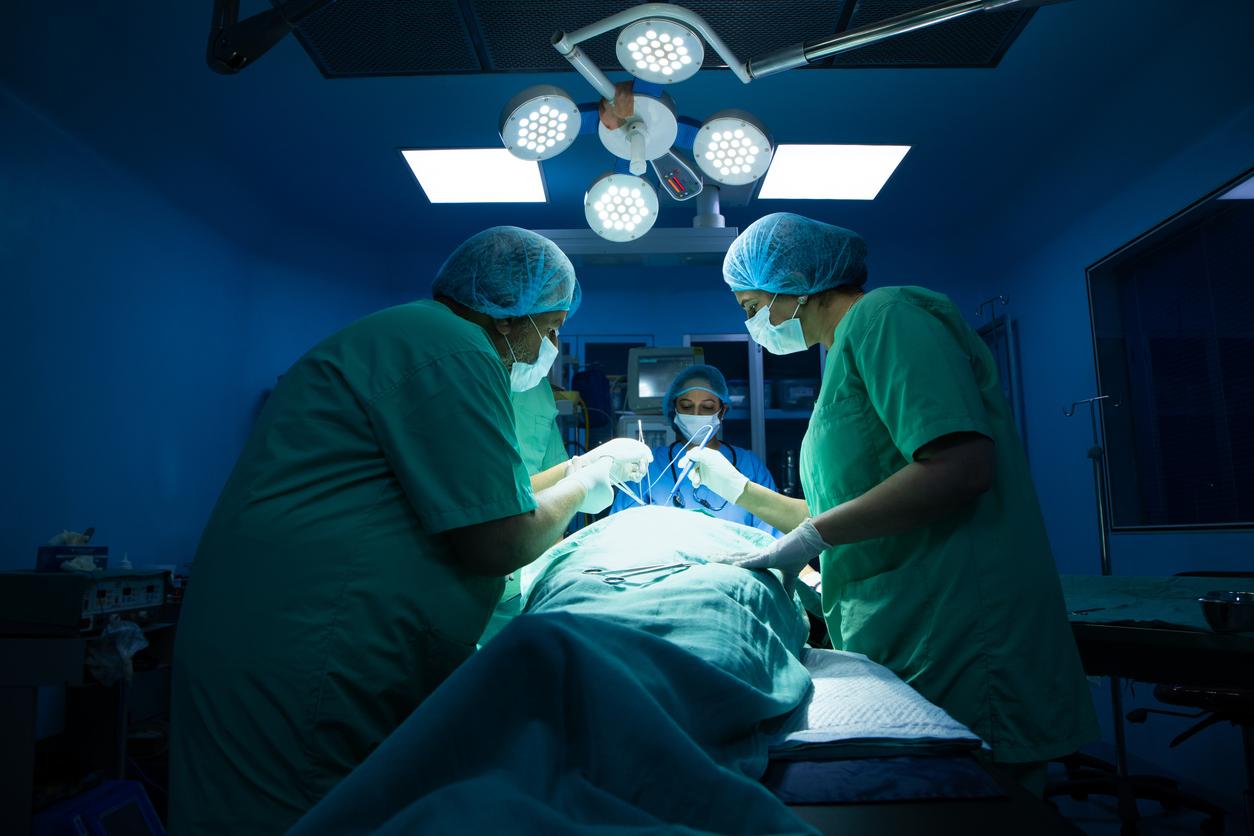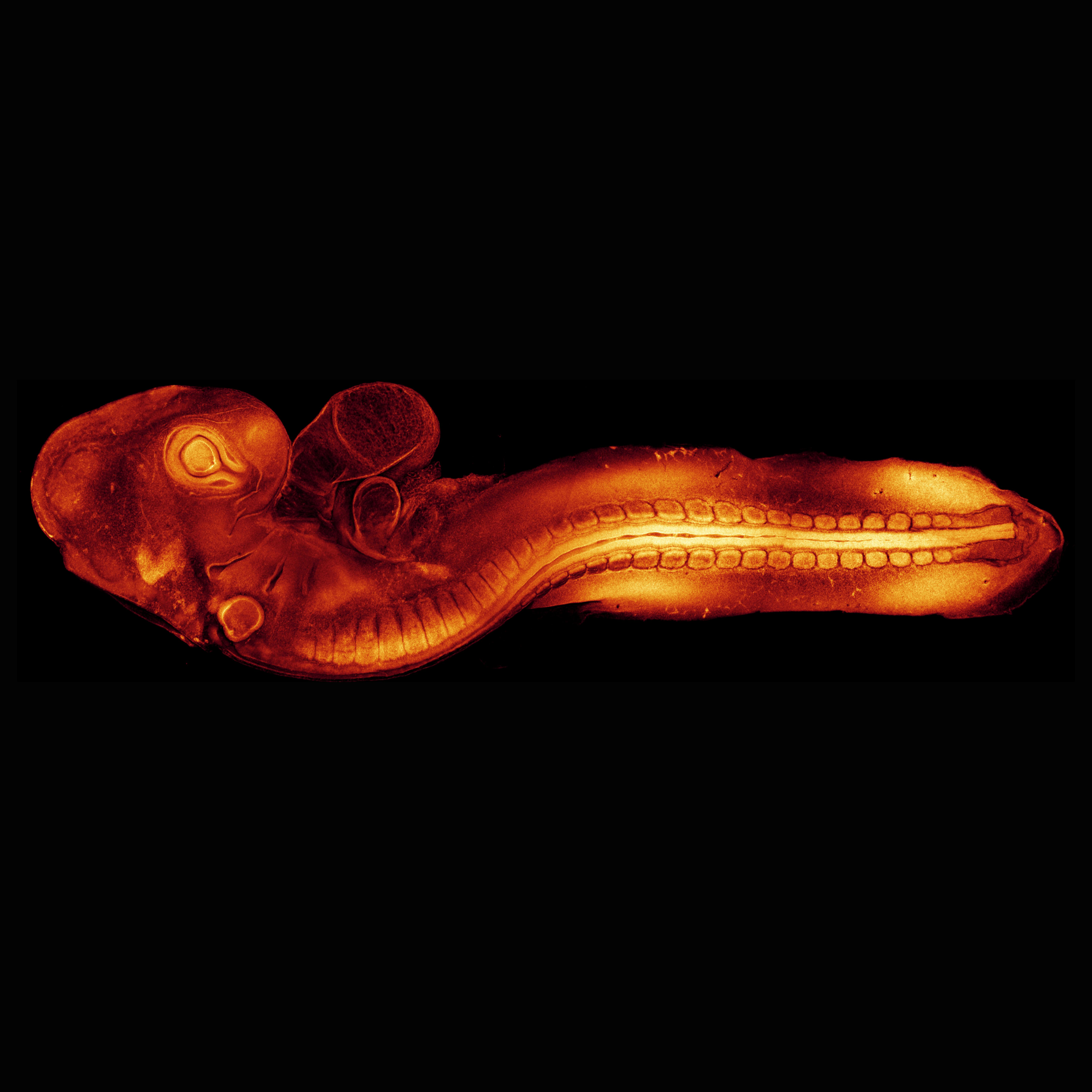The new building will host three platforms, dedicated to e-health, education and development.

By 2024, Saint-Quentin-en-Yvelines should host the hospital of the future. Equipped with the latest digital innovations for student training, it will offer an unprecedented e-health offer to patients.
In concrete terms, the new building will house three platforms. One of 2,500 m2 dedicated to telemedicine and e-health, which will make it possible to develop the care offer in the territory. Thanks to telemedicine, patients will be able to consult in ophthalmology, paediatrics, cardiology and psychiatry, fields which today lack specialists.
Virtual simulation
A second platform will be devoted to education with training, via virtual simulation. Finally, a third will be dedicated to the “living lab”. This laboratory will allow health professionals, industrialists, start-ups and entrepreneurs to meet to create projects around e-health and health.
“This virtual hospital reaffirms the positioning of excellence of the UFR of medicine of Saint-Quentin-en-Yvelines and its capacity for innovation. This project, supported by the agglomeration, makes it possible to strengthen the higher education center of Saint-Quentin-en-Yvelines within the University of Paris-Saclay”, underlines Philippe Guiguen, community advisor in charge of university affairs.
A university hospital closer to the territories
Scheduled for 2024, this 5,000 m2 establishment should be built in place of the current prefabricated buildings at the Rabelais site in Guyancourt, directly linked to the Vauban and d’Alembert campuses of Versailles Saint-Quentin-en University. -Yvelines. “The ambition of this hospital is to prefigure the CHU of tomorrow. A CHU closer to the territories”, specifies Djilali Annane, dean of the UFR Simone Veil-Santé of Saint-Quentin-en-Yvelines.
Centers of reference, recourse and expertise but also local hospitals, CHUs are the only establishments able to treat all pathologies. In 2017, the 32 University Hospitals in France recorded 5 million emergency visits, 6.3 million admissions for short-stay hospitalization and 18 million consultations.
.

















